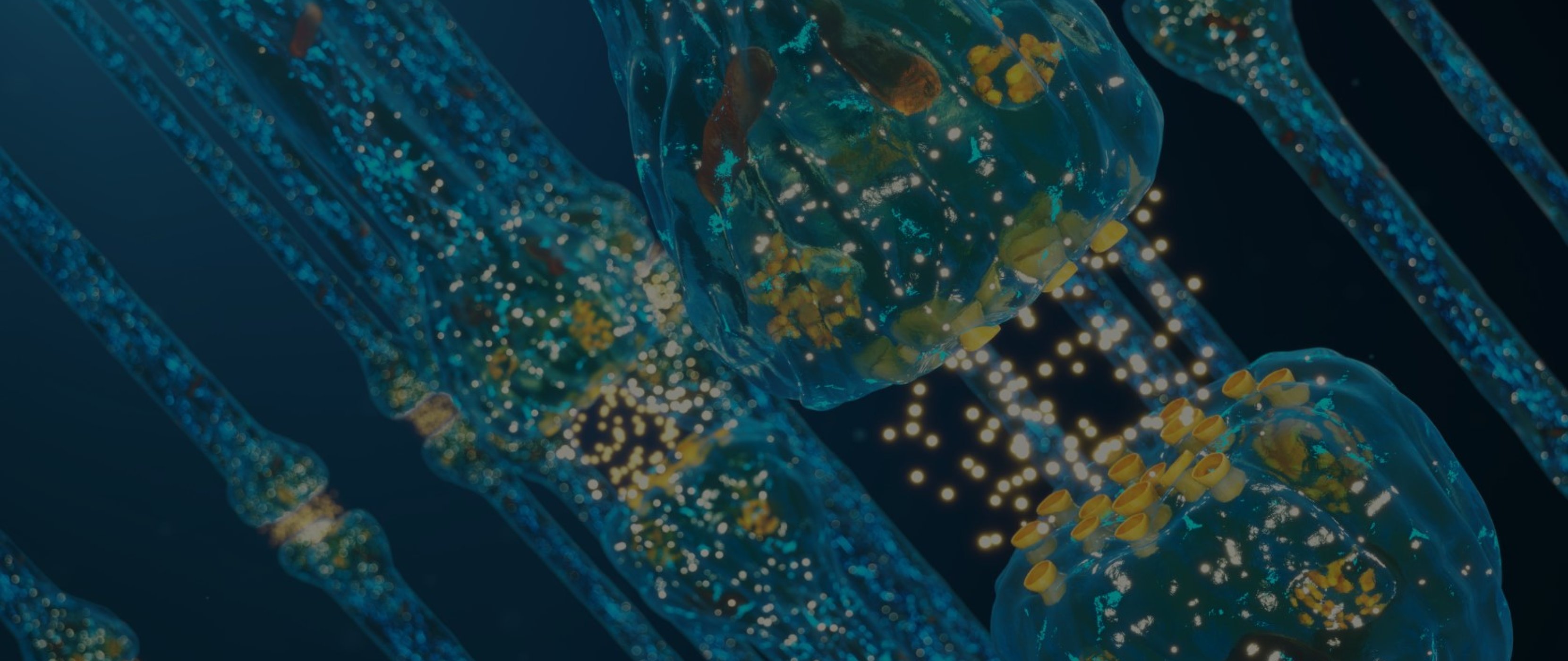Context
Obsessive compulsive disorders, also known as OCD, are characterized by intrusive and repetitive thoughts and by ritualized behavior. However, recent neuroimaging studies suggest that these symptoms can be connected to neural connection dysfunction in the cortex and particularly in the basal amygdala of the cortex. It is therefore desirable to seek a new treatment on this basis.
Project
The project is to develop a new treatment protocol that will attempt to reactivate the electrical signals in the cerebral zone responsible for obsessive compulsive disorders. The idea is to stimulate the cerebral amygdala with light according to a protocol used in mice and to analyze the results of the stimulation on their behavior. A treatment protocol will be developed for humans based on the results obtained.
Où en sommes-nous ?
Février 2019 : Chez la souris, les chercheurs ont pu caractériser un dysfonctionnement complet synaptique dans le striatum dorsal associé à l'émergence du phénotype comportemental. À leur grande surprise, ils ont trouvé que ce dysfonctionnement venait des récepteurs AMPA, difficile à inverser. Pour ces raisons ils ont dû adapter leur stratégie pour normaliser la transmission afin d'établir une preuve de causalité. Les premiers essais chez l'homme sont à ce stade impossibles pour l'optoDBS. Une phase préliminaire d'analyse des fonctions synaptiques pourra être réalisée prochainement, grâce à une collaboration avec les hôpitaux français pratiquant des stimulations profondes du cerveau chez des patients souffrant de la maladie de Parkinson.
Ce projet est donc terminé pour la Fondation privée des HUG, mais a pu se poursuivre grâce à l'obtention d'un subside du Fonds national pour la recherche scientifique Suisse.
Project managers
Professor Christian Lüscher, Fundamental Neurosciences Department, Faculty of Medicine, University of Geneva
Professor Luc Mallet, Psychiatry Department, Faculty of Medicine, University of Geneva

